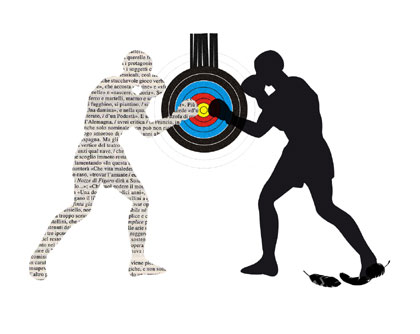2.5.1.1 Main literary critics in the period 1844 – 1868

Several names can be cited as those who more or less systematically issued critical opinions on literature, such as Joaquín Lorenzo Luaces (1826 – 1867) and José Fornaris (1827 – 1890), the latter was the author of an essay entitled “Is it necessary to be a poet to be a critic?”, in which he pointed out the need for a broad gnoseological and cultural background to assume this role, his thesis is that it is not necessary to be a poet to exercise criticism, which, although valid, does not appear fully argued. However, he maintains the preeminence of a special artistic sensibility to fulfill such a function.
Nicolás Azcárate (1828–1894), host of numerous social gatherings in which literary topics almost always emerged, was also president of the literary discussion section at the Guanabacoa Lyceum, where he contributed to giving impetus to critical exercises, more through the dissemination than the “suppression” of certain works. His texts are more theatrical chronicles, although he also contributed to honing a taste for poetry through the dissemination of the most relevant voices of the time, which he knew how to penetrate quite successfully.
For his part, the critical work of Rafael María de Mendive (1821 – 1886) – which was not at all extensive – is characterized by delving into the details of particular texts, without seeking correlations or risking a panoramic view, either in time or space, of certain areas.
Juan Clemente Zenea (1832 – 1871) also focused on criticism. His approach focused on both formal and content analysis of works. He also advocated the need to understand all possible literary production, both national and international, in order to place the object of analysis in a specific context. Only then would its authentic values emerge on the aforementioned levels. As a poet, he emphasized the need to thoroughly understand the elements of rhyme and rhythm, as well as stanza structures, all from the perspective of conveying content through form, as an indivisible duality.
Ramón Zambrana (1817 – 1866) clung to scholasticism, unable to assimilate the new literary theories, he considered art only as a matter of aesthetic pleasure, leaving out the fertile ground of content and ideologies, in all his production, most of which were texts included in heated polemics, an imposing spirit is evident that damaged the reception of his criteria by authors and readers.
Ramón de Palma (1812–1860) continued to exert his influence during this period, not only in the realm of narrative, as evidenced by his text “Cantares de Cuba,” where he came to consider the poet a social class and delved into the study of peasant poetry and its manifestation through the décima. He already referred to the social function of literature, although he ignored the role of the poet’s personal experience, his own subjectivity, beyond any mark of collective identity.
These early critics, centered around the figure of Enrique Piñeyro, contributed to the development of a distinct perspective on national literary production, as well as on this as a theoretical space separate from, but closely linked to, literary creation.








